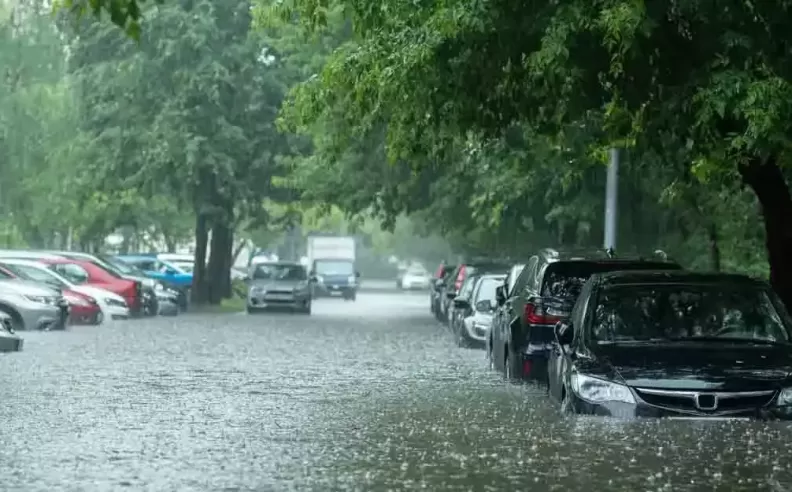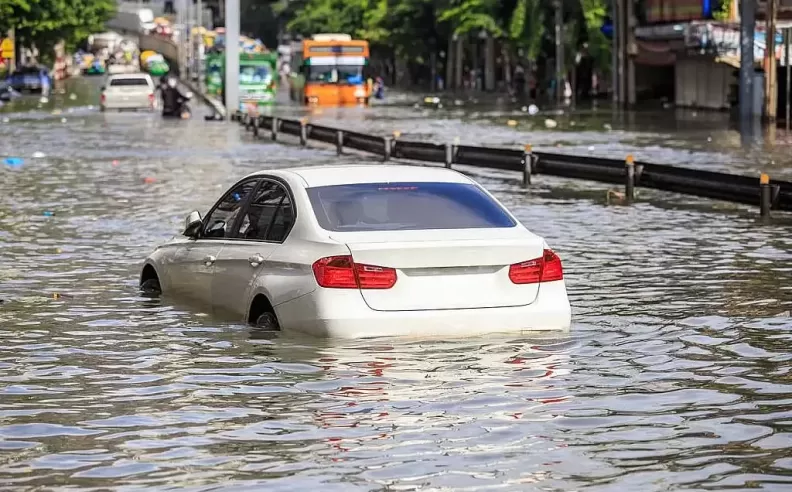
Water damage to automotive engines can wreak havoc on a vehicle's functionality and longevity. Whether it's due to unexpected heavy rainfall, encountering deep puddles on the road, or a faulty gasket, the consequences of water entering a car engine can range from minor issues to catastrophic failures. Recognizing the signs of water damage and taking preventive measures are crucial steps in preserving the heart of your vehicle.

Difficulty Starting: Water intrusion can disrupt the electrical components of the engine, making it challenging to start the vehicle.
Unusual Engine Noises: Water entering the engine can result in knocking, grinding, or other abnormal sounds during operation, indicating potential damage.
Smoke or Steam from Exhaust: The presence of water mixing with engine fluids can lead to smoke or steam emitting from the exhaust system.
Hydrolock: Perhaps one of the most severe consequences of water entering the engine, hydrolock occurs when water fills the cylinders, preventing proper compression and potentially causing significant internal damage.
Flood Damage: Signs of flood damage include water lines on engine components and oil contamination, which compromises lubrication and can harm internal engine parts.
Oil Contamination: Water mixing with engine oil dilutes its lubricating properties, leading to increased friction, heat, and potential damage to engine internals.
Electrical Damage: Water infiltration into spark holes and electrical systems can result in short circuits, affecting critical engine components such as ignition systems and electronic control units.
Corrosion: Exposure to water accelerates corrosion of metal engine components, compromising structural integrity and leading to premature wear and failure.
Fuel System Damage: Water entering the fuel system can cause fuel contamination or injector damage, resulting in poor engine performance and misfires.

To minimize the risk of water damage to the engine, avoid driving through flooded areas, especially if water levels could submerge engine components. Regular inspection of seals and gaskets for wear or damage can help prevent water intrusion into the engine compartment.
Upon discovering that a vehicle has been flooded, it's crucial to refrain from starting the engine immediately to prevent further damage. Disconnecting the battery, opening doors or windows for drying, and assessing the extent of damage are essential steps. Carefully removing air filters and eliminating standing water are also crucial.
Once standing water has been removed, it's necessary to assess the extent of damage to the engine and electronic systems. Signs of compression issues, unusual engine noises, and compromised brake function should be addressed promptly. Seeking assistance from reputable repair shops for inspection and repairs is advisable, especially for significant water damage.
Protecting the engine from water damage involves proactive measures such as avoiding flood-prone areas, maintaining the cooling system's integrity, and promptly addressing coolant leaks or radiator issues. Following manufacturer's maintenance recommendations, using fuel additives to repel moisture, and ensuring the alternator remains dry are also important preventive measures.
In conclusion, understanding the effects of water damage on automotive engines and implementing preventive measures can help preserve the integrity and longevity of a vehicle's engine. Prompt action and regular maintenance are key to mitigating the risks associated with water intrusion and ensuring the continued reliability of your vehicle.

Wael is an automotive content writer specializes in creating written content for Motor 283. Producing a wide range of content, including blog posts, articles, product descriptions, reviews, and technical guides related to cars, trucks, motorcycles, and other vehicles, with an unprecedented passion for cars, and motorcycles.

